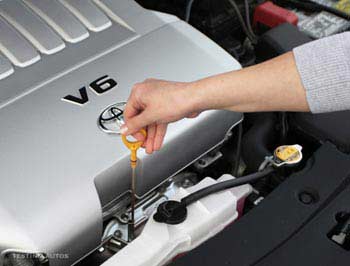With the chaos that floods have caused throughout the recent years, the possibility of flood-damaged cars is high and it could make it on the used car market. However, don’t be alarmed. With this new CarCliq guide, we offer the following tips to steer you away from a potentially dangerous buy.
The AA issued some distinct features of a flood-damaged car: “Catalytic converter and exhaust system life can be seriously reduced, wheels bearings could seize, brakes can be affected and alternator and starter motors could fail. In addition, water can seriously affect electrical and electronic systems including the airbags (these could go off unexpectedly or not deploy when they should).”
Smell
It is near enough impossible to dry out a flooded car, and with a flooded car comes the stench it causes. Therefore, we recommend you give it a quick smell for any damp or musty smells. If you’re going to view a used car, be wary if you turn up to inspect it and only find a window or two open: the seller may be doing that to disguise that smell.
Smell
It is near enough impossible to dry out a flooded car, and with a flooded car comes the stench it causes. Therefore, we recommend you give it a quick smell for any damp or musty smells. If you’re going to view a used car, be wary if you turn up to inspect it and only find a window or two open: the seller may be doing that to disguise that smell.
 Damp
DampA flooded car is prone to have water gathering in areas like the footwells, the boots and spare wheel wells, so check any carpets for signs of dampness. They could potentially still be wet after it being either weeks or months after the car was flooded. Also, you may find a ‘tide mark’ inside the car if the car was submerged for a long time.
It’s worth checking the ventilation system – to do this, when inspecting the car, turn the heating on and be very wary if the windows begin to steam up.
Rusting
We all will probably know that water + metal = rust. Look for rust in particular areas like under the bonnet and water can also wash debris and silt into a car, so keep an eye out for mud, sand and so on in strange places.
Electrics
Check all the electrical systems within the car, not just the lights. This includes features like the audio system and that there are no warning lights showing on the dashboard when the car is running, and that all the lights and indicators work.
We all will probably know that water + metal = rust. Look for rust in particular areas like under the bonnet and water can also wash debris and silt into a car, so keep an eye out for mud, sand and so on in strange places.
Electrics
Check all the electrical systems within the car, not just the lights. This includes features like the audio system and that there are no warning lights showing on the dashboard when the car is running, and that all the lights and indicators work.
 Oil
OilThe AA-recommended that we look at the oil under the filler cap, you need to look out for any white and what is described as “mayonnaise-like” there – this means there is water in the engine… not good.
Asking For Car History
Ask about the area and recall if it’s been in the headlines because of flooding. Therefore, you have a leeway through to asking the seller questions to find out if the car was affected.
To conclude, if you still feel unsure about buying the car the best thing to consider doing is paying for a Vehicle Check. This will detect if a car has ever been written off - a flood-damaged car could well have been.
To find more CarCliq guides click here
To find more CarCliq guides click here